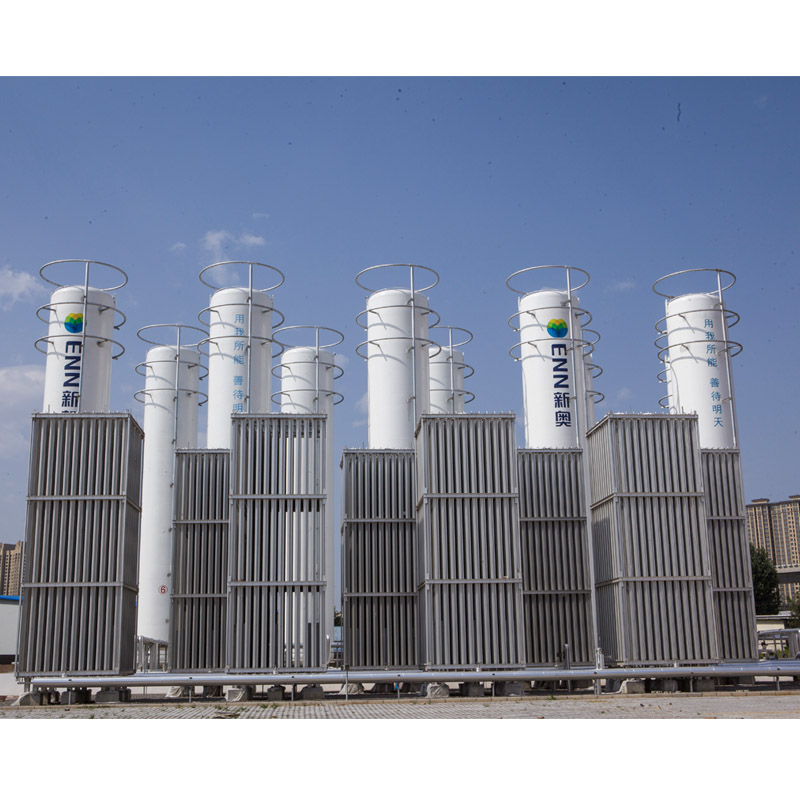
Sep . 22, 2024 10:14
Back to list
صمام تنظيم الضغط
Understanding Pressure Regulating Valves
Pressure regulating valves (PRVs) play a critical role in various industrial applications where maintaining a specific pressure is essential for safety, efficiency, and functionality. These valves are designed to automatically adjust the pressure of a fluid to a desired set point, ensuring consistent performance in systems that involve gas, steam, or liquid.
How PRVs Work
At its core, a pressure regulating valve maintains a predetermined outlet pressure regardless of fluctuations in the inlet pressure. The valve consists of several key components, including a control mechanism (often a spring or diaphragm), a sensing element, and an actuator. When the system pressure rises above the set point, the valve partially closes, restricting flow and bringing the pressure back down. Conversely, if the outlet pressure drops below the desired level, the valve opens to allow more flow, thus increasing the pressure.
Applications of Pressure Regulating Valves
1. Water Supply Systems In municipal water systems, PRVs are utilized to maintain steady water pressure, preventing damage to pipes and fixtures from pressure surges. They help ensure that water is delivered at a safe pressure to residential and commercial buildings.
.
3. Natural Gas Distribution In the energy sector, PRVs regulate the pressure of natural gas to ensure safe and reliable delivery to consumers. Maintaining optimal pressure levels is essential to avoid leaks and ensure efficient combustion in heating appliances.
صمام تنظيم الضغط

4. Hydronic Systems In heating and cooling applications, PRVs are used in hydronic systems to maintain consistent pressures, ensuring proper flow rates through radiators and other heating components.
Benefits of Using PRVs
The use of pressure regulating valves offers several advantages
- Safety By maintaining the pressure within safe limits, PRVs help prevent pipe bursts and leaks that can lead to dangerous situations.
- Efficiency Proper pressure regulation leads to improved energy efficiency in systems, as components operate more effectively without the stress of pressure variations.
- Extended Equipment Life Consistent pressure helps reduce wear and tear on system components, prolonging their life and reducing maintenance costs.
Conclusion
In conclusion, pressure regulating valves are essential devices that ensure the safe and efficient operation of various systems across multiple industries. Their ability to maintain stable pressure levels not only improves the performance of equipment but also enhances the safety of operations. As industries continue to evolve and seek greater efficiencies, the importance of PRVs will only increase, making them a fundamental component in modern engineering and operational practices.
Next:
Latest news
-
Safety Valve Spring-Loaded Design Overpressure ProtectionNewsJul.25,2025
-
Precision Voltage Regulator AC5 Accuracy Grade PerformanceNewsJul.25,2025
-
Natural Gas Pressure Regulating Skid Industrial Pipeline ApplicationsNewsJul.25,2025
-
Natural Gas Filter Stainless Steel Mesh Element DesignNewsJul.25,2025
-
Gas Pressure Regulator Valve Direct-Acting Spring-Loaded DesignNewsJul.25,2025
-
Decompression Equipment Multi-Stage Heat Exchange System DesignNewsJul.25,2025

